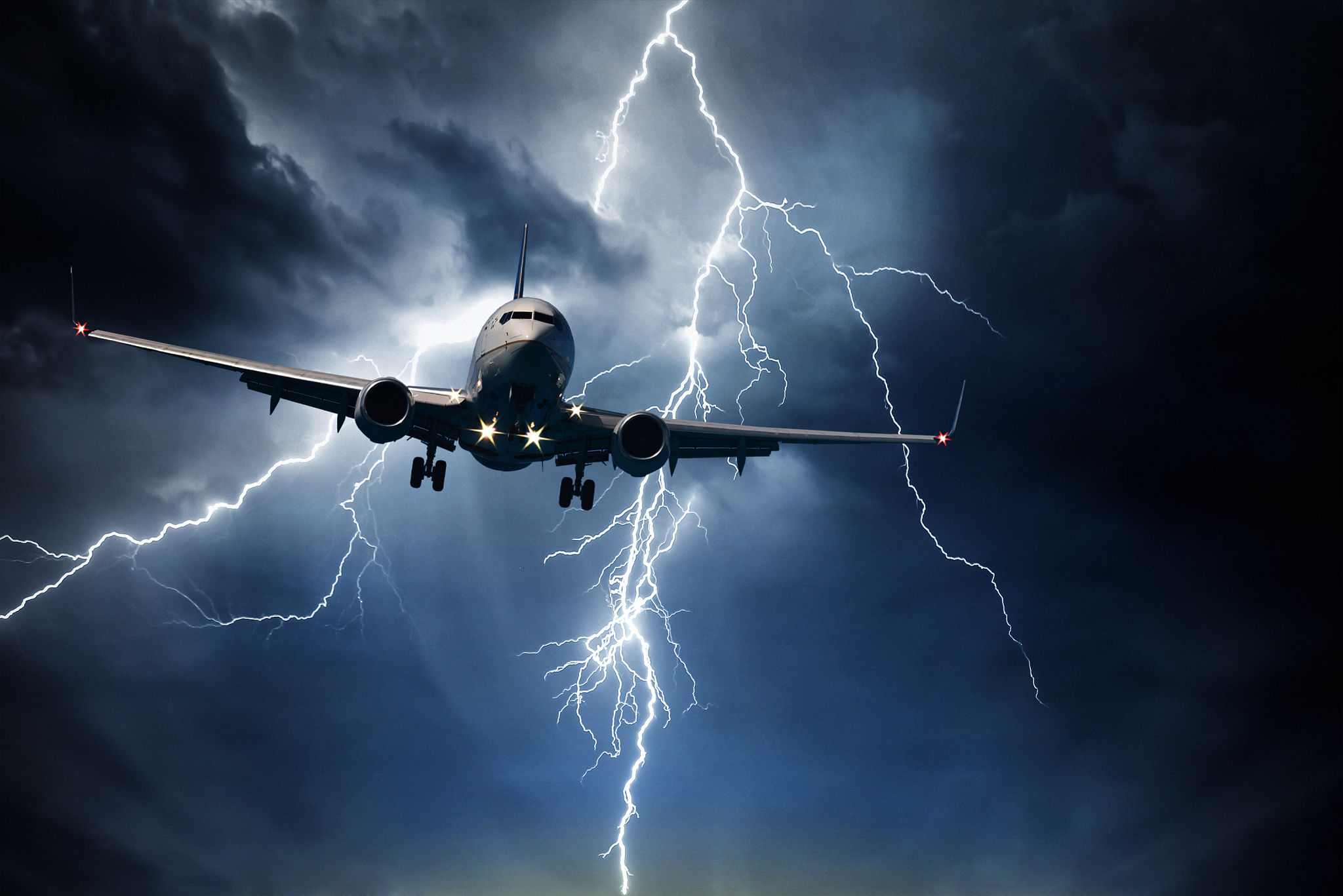Common Misconceptions About Aviation Technology
Understanding Aviation Technology
Aviation technology is a fascinating field, yet it is often shrouded in myths and misconceptions. These misunderstandings can stem from portrayals in media, lack of technical knowledge, or simply confusing information. In this post, we aim to debunk some of the most common misconceptions about aviation technology and provide clarity on how these systems truly function.

Myth: Airplanes Fly Themselves
One prevalent belief is that modern airplanes are capable of flying themselves, with pilots simply acting as overseers. While it's true that autopilot systems can manage much of the flight process, the role of a pilot is crucial and far from passive. Pilots are trained to handle complex situations such as adverse weather conditions, system failures, and air traffic management. Autopilot systems assist, but they do not replace the expertise and decision-making skills of a human pilot.
Moreover, pilots are responsible for critical phases of the flight, including takeoff and landing, where manual control is often preferred. Autopilot systems serve as tools to reduce pilot workload but are not substitutes for human judgment and experience.
Myth: Airplanes Are Vulnerable to Lightning Strikes
Another common misconception is that airplanes are highly susceptible to lightning strikes, potentially causing catastrophic damage. In reality, commercial aircraft are designed to withstand lightning strikes safely. When lightning does strike an airplane, it travels along the exterior of the aircraft's conductive skin and exits without harming the interior or passengers.

The aviation industry has stringent safety standards, and aircraft undergo rigorous testing to ensure they can handle such natural phenomena. The safety of passengers and crew is always a priority, and aircraft are equipped with advanced technologies to mitigate the risks associated with lightning and other weather-related challenges.
Myth: Turbulence is Dangerous
Turbulence often causes anxiety among passengers, leading many to believe it is inherently dangerous. While turbulence can be uncomfortable, it is typically not a threat to the safety of the aircraft. Pilots are trained to navigate turbulence effectively, and modern aircraft are built to withstand the forces encountered during turbulent conditions.
Airlines have sophisticated weather monitoring systems that allow pilots to anticipate and avoid severe turbulence when possible. It is important to understand that turbulence is a common occurrence in flight and does not compromise the structural integrity of the aircraft.

Myth: Airline Technology is Outdated
A misconception exists that airlines operate with outdated technology, particularly in terms of navigation and communication systems. However, the aviation industry continuously invests in cutting-edge technologies to enhance safety, efficiency, and passenger comfort. Modern aircraft boast advanced avionics systems, real-time data links, and sophisticated navigation tools that ensure precise operations.
Furthermore, innovations such as satellite-based navigation, in-flight connectivity, and enhanced flight management systems demonstrate the industry's commitment to leveraging technology for improvement. The evolution of aviation technology is ongoing, driven by both regulatory requirements and consumer demand.
Conclusion
Understanding aviation technology requires dispelling myths and recognizing the realities of how modern aircraft operate. By addressing these common misconceptions, passengers can gain greater confidence in air travel and appreciate the complexities involved in ensuring safe and efficient flights. The aviation industry remains at the forefront of technological advancement, continually striving to enhance safety and performance in the skies.
